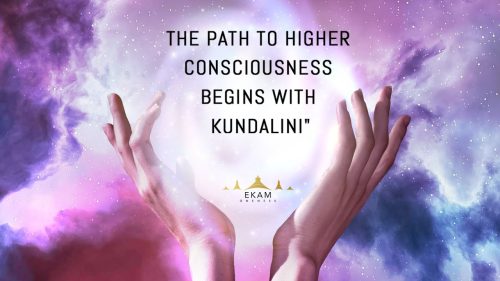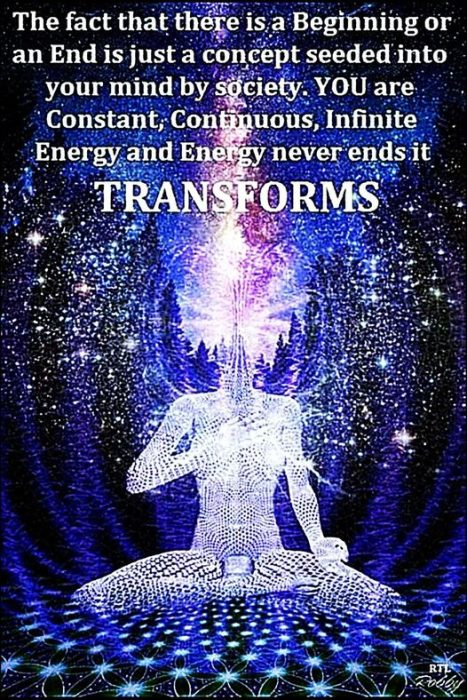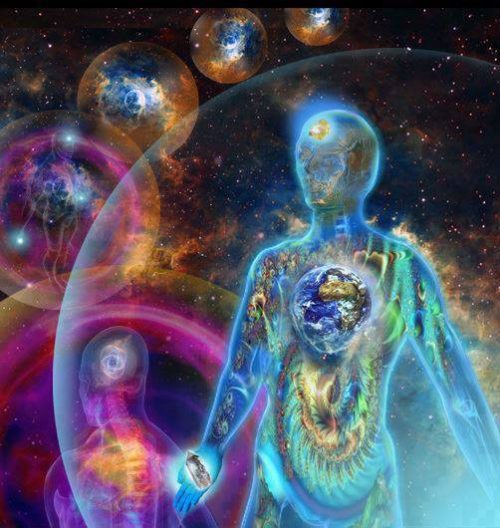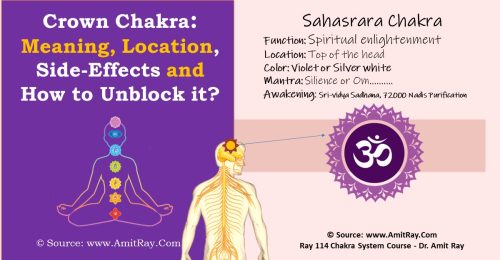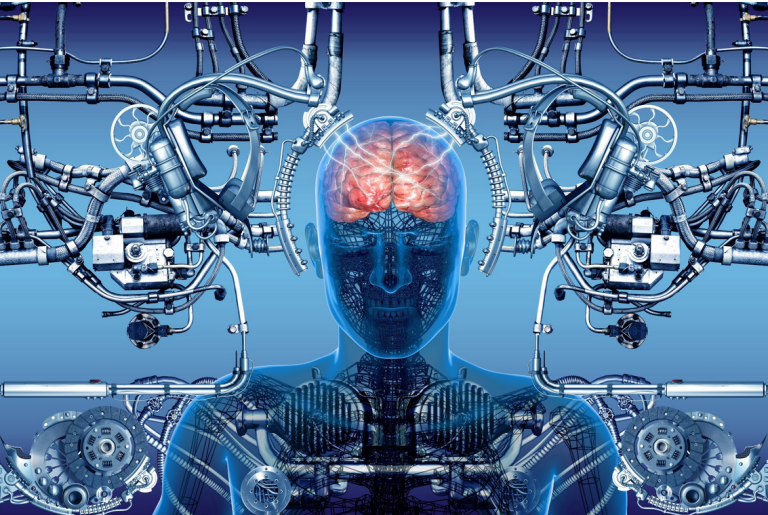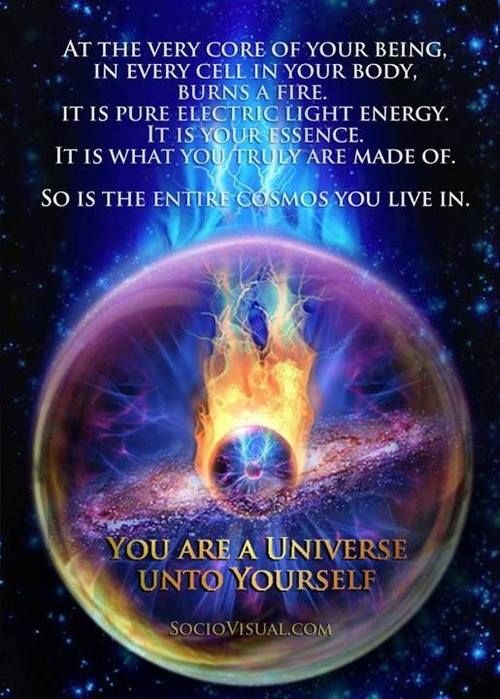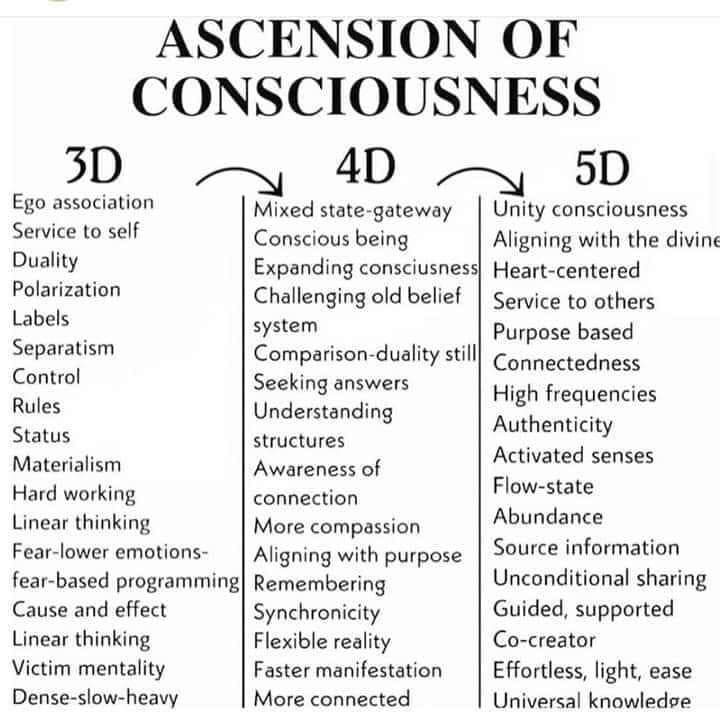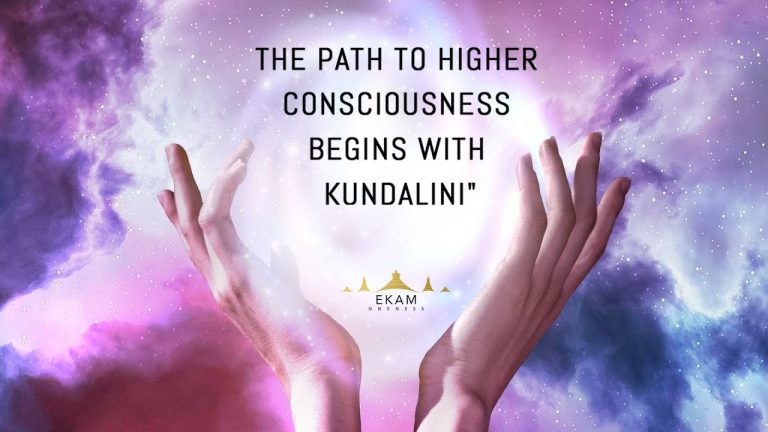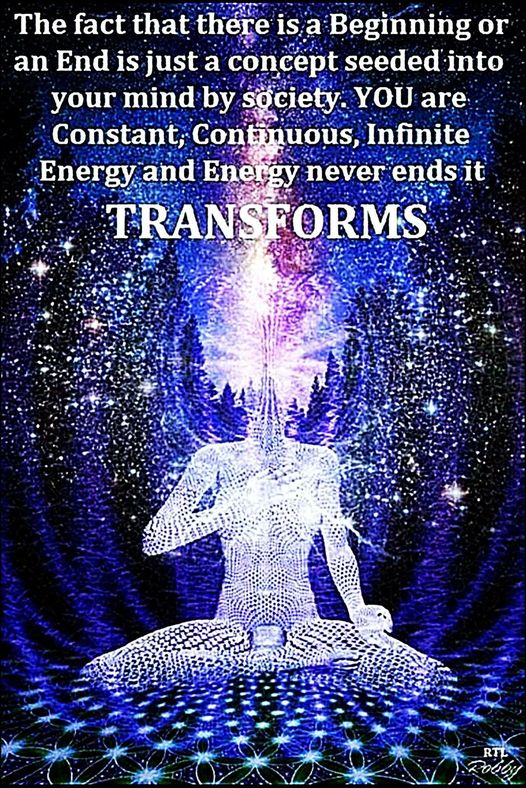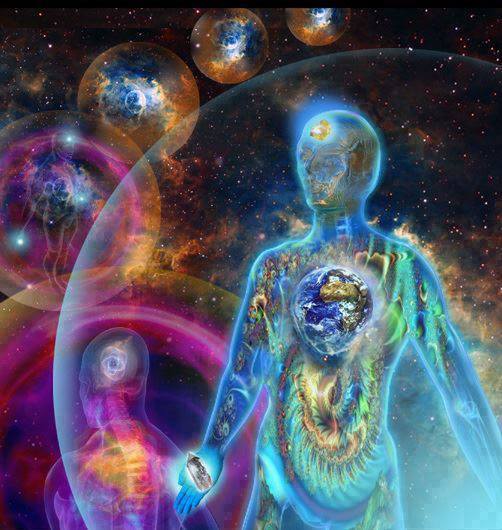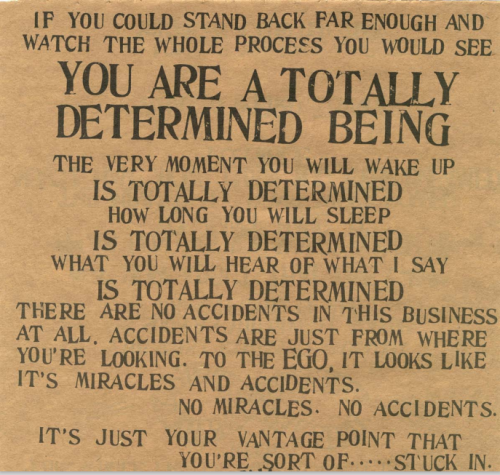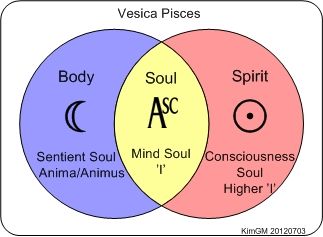
Vesica Piscis Known to the Egyptians as the ru, or ‘gateway’, the vesica piscis symbol is the almond-shaped figure created by the superimposition of two circles representing the two opposites. Jesus, the ‘anointed’ and christed one’ symbolized by the fish, is sometimes shown inside the ru symbol, the portal between this world and the next, revealing that the shaman is ‘the Way’ and therefore the door or gateway: for Ru meant “doorway” or “secret entrance” — and Christ is also “The Way”. Christ, like the Ru, is the entrance to the Spiritual world, the guide of the modern initiate.'”
Manipura Chakra : A “lotus” of 64 “petals”, all of which are turned upwards.
The manipura is a lotus of 64 petals turned upwards, their colours being yellow, and the seed- syllable being
the anahata is a lotus of eight petals
The chakras with their petals hang downwards when kundalini is at the muladhara chakra. When it is awakened, they turn upwards towards the crown of the head.
This chakra displays twelve lotus petals, and is epitomized by the Solomon’s Seal, or the Star of David. … (one pointing down, the other pointing upward) represent the transition between the first three chakras (lower) and the last three (higher).
It is said that bringing kundalini to the anahata chakra at the cardiac plexus is the most difficult task. … He will typically see a lotuslike flower at each center with its petals hanging downward. When the energy becomes more manifest in that center, the petals turn upward.
the Vesica Piscis, the Fish’s Belly,
where Our Lord in: is represented inclosed in a vesica piscis
In some literature, this secret centre is described as a flower, or lotus, with 64 petals. Those who have developed the power to see these secret chakra centres on the human body describe them as being in movement. They are spinning discs of colour, so rapid in motion that their rays or petals are blurred, giving them the appearance of rotating flame. In ancient times, the interface between the material and the physical worlds was the Egyptian hieroglyphic 0 called Ru, drawn in a form which was called the vesica piscis by the early Christians. When our Master had suggested that there was a connection between the Third Eye (the Ru, 0, or place of entrance between the eyes), we had imagined that he was referring to the fact that the symbol for Ru seems to have been the origin of the Egyptian Ankh symbol, which was in turn adopted as the symbol for Venus: Since the hieroglyphic Ru meant ‘birth passage’, ‘doorway’ and `vagina’, it was held as a dual symbol — one could be born either into the material world, as in a physical birth, or into the Spiritual world, as in an initiation. The Ru allows entry into the Spiritual world, and in t ress back into the material realm.
The Ru Gateway The symbol of the fish is related to the mandorla, the almond shape found in the centre of the vesica piscis. The mandorla, which is used as a full-body halo in depictions of sacred beings, is identical to the ancient Egyptian ru symbol, which means `birth passage’ and `uterus’ as well as ‘mouth’. Its fundamental meaning is `gateway’. It is the vagina of the world mother — the gateway into and out of the astral underworld used by the shamanic fish beings. The ru is also shaped like an eye, and indeed it symbolizes the
third eye, ‘the Secret Eye which permits the possessor to see beyond the illusion of the ordinary and the familiar’? The oval ru also symbolizes the mouth, a self-professed ‘urban shaman’, the word was essentially associated with speech, and thereby the descended Logos, the utterance of the word which gives birth to reality.’ Furthermore, in esoteric symbolism, the circle (derived from the ru) and the cross were originally quite inseparable, thus forming the ankh. In this symbol the ru oval is the head and the Tau cross the spine. As we can see from its position on top of the ankh, the ru symbolized the trance state.
Jesus, the ‘anointed’ and christed one’ symbolized by the fish, is sometimes shown inside the ru symbol, the portal between this world and the next, revealing that the shaman is ‘the Way’ and therefore the door or gateway:
`… for Ru meant “doorway” or “secret entrance” — and Christ is also “The Way”. Christ, like the Ru, is the entrance to the Spiritual world, the guide of the modern initiate.'”
`The Egyptian hieroglyphic Ru represents the place of birth. It is a vestigial drawing of the Kteis, and of the mouth, from which words are born. By extension, it became the place where secret knowledge was delivered, from the secret Schools, and the process nowadays known as “rite of passage.” Something of this hermetic lore was expressed in the Christian symbolism, which adopted the Ru as the Vesica Piscis, which is sometimes used to sheath Christ,
Mary and certain saints. In this use, it represents the Spiritual world beyond the “door” of the Ru.”
Jesus is really an adaptation of the archetypal ‘resurrecting’ shaman, the enlightened ‘Shining One’ later revered as a deity. Here he is shown within the mandorla (‘almond’), the halo in the form of the vesica piscis — the psychic ‘gateway’. Note the combined halo-and-cross behind the head: this is a solar symbol of ancient origin that resembles the Celtic cross. Here, the cross is centred precisely on the centre of the head — the thalamus.
the talu chakra has 64 petals
pericarp of the lotus, and inside it is a region (bhumi) where lies the moon’s power (chandra-kala) which oozes nectar …
Between the vishuddha and the higher ajna is a secret chakra called the lalana (female energy or the tongue). It is also known as the tale chakra because it is said to be situated at the base of the palate Oahu region just behind the uvula. Meditation and iisualisation of this chakra is a secret to be learnt from a guru. Sonic ancient Tantrik texts say that the rising kundalini energy should be made to pass through the lalana centre on its way to the ajna chakra. This can be accomplished with the help of the ?masa mantra.
Being a secret chakra, the description of the lalana differs from one text to another. According to the Saublmgya-lakshmi-upanishad (1 1 1, 6) the lalana chakra has twelve bright red petals. Other texts however say that the lalana has sixty-four silvery white petals and a bright red poicagi called the `ghantika’ within which is the area (blituni) of the moon’s energy (chandra-kala) from which oozes sweet nectar. It is said that when the disciple reaches the lalana chakra a sweet nectar starts dripping on the tongue. The lalana centre is spiritually very important because it lies at the threshold of enlightemnent and gives the sadhaka a glimpse of the great void (maha-shtuwa). The sixty-four petals of the lalana chakra are the homes of the powerful sixty-four (chattdi-shashti) yoginis whose worship is said to grant the eight superlitunan powers (siddhis). Many gurus who exhibit magical abilities are usually stuck at this centre and cannot rise above it.
Secret chakras are chakras which go beyond the spiritual and physical aspects of a person. These three secret chakras are known as Golata, Lalata, and Lalana. They are located on the uvula at the back of the throat, above the Ajna chakra, and within the soft upper palate. It is said they can’t really be described like the main 7 chakras and can only be experienced once the *kundalini energy is fully awakened.
Kundalini is described in the Eastern spiritual traditions as a spiritual energy that can be awakened in order to purify the subtle energy system and ultimately to help a person attain the state of yoga, or divine union.
Perception is the process of receiving and being conscious of an object. Perception has several strata. At its lower stratum, physical sense apparatus is involved in perception and there is the awareness of a sense quality in a modified form. There are five main sense qualities: smell, taste, sight, touch and sound. These qualities are an aspect of matter. The awareness of the sensory form of matter occurs in Consciousness. This indicates that sense qualities are outside the boundary of consciousness, and they are to be brought into consciousness by some appropriate means. This implies that there is a distance factor.
Moreover, the penetration of sensory forms into consciousness and their recognition are based on the principle of selection and rejection. If the distance and selection-rejection principle were not operating, then all sense qualities would be the simultaneous content of consciousness. There are five classes of receptors, each endowed with the power of receiving only a particular form of sense quality. After the sense qualities are received by the receptors, sensory paths are created from the receptors, first through the sensory nerves and then through the neuronal connections in the brain, to the cerebral cortex, and thence to an area of the higher brain stem. Nothing more is known about sensory path in its nervous aspect, and there is no further trace of it in the brain.
This has resulted in too much speculation. For instance, that the end point of the sensory path is in a certain area of the brain which is in connection with Consciousness. But this connection does not necessarily indicate that this particular brain area itself is the seat of consciousness. It may mean that the area is in some way connected with Consciousness; and when this area is damaged or removed, the connection is cut off.
If this brain area is the seat of consciousness then is Consciousness distinct from brain, or is it identical with the brain, that is, brain = consciousness? But, actually, consciousness has not been traced to that area or any other part of the brain.
The sensory path which has been created is observable up to the brain; it is observable because it is a physicochemical process. But how the physicochemical process in that brain area causes the appearance of consciousness is not known. How the metamorphosis of physicochemical energy into consciousness occurs has not been explained. How physicochemical events in the brain suddenly occur as psychic events cannot be explained. Consequently, it is not easy to make mind = brain.
There may be another possibility. Psychical events may accompany or immediately follow the physicochemical events in the brain. If this is accepted, then it will mean that brain and consciousness are not identical, but are two separate entities, and their interconnection is experienced in a particular brain area. To explain this, it has been postulated that certain specific dynamic actions of the brain, in which certain areas of the cerebral cortex and the higher brain stem are involved, are the essential conditions for the relation between the brain and consciousness.
How the specific dynamic actions, which are physicochemical in nature, can establish a relation with consciousness which lies beyond the brain itself, is neither known nor explained. Molecular, atomic, and subatomic activities are all disconnected from consciousness, and are not a fact in consciousness.
It is certainly a suggestion that a relation is established between brain and consciousness when the former exhibits specific dynamic actions. If we accept consciousness as something which is neither a physicochemical phenomenon nor explainable in terms of matter, then we think of consciousness as something which is outside the sphere of chemical and electrical energy, something which is neither bound by nor composed of molecules, atoms and elementary particles. In that case, the brain-consciousness relation is deeper and more complex.
There is an important query regarding the specific dynamic action of the brain. How is it caused? If we say that neural-neuronal, centripetal conductions are the cause, then we have to accept that this brain state is continuous, without any interruption, because these conductions are continuous. It has not been demonstrated that there is some controlling mechanism in the brain to exercise control over these conductions. In that case, how is sleep-unconsciousness produced?
The specific dynamic actions certainly disappear during sleep. What makes them disappear? Here is a clear indication that the specific dynamic action of the brain, if there is any, is not caused by neural-neuronal conductions, but by something else which operates from outside the brain. Now, let us consider two important factors: distance and sensory capacity. Taste and touch operate in direct contact with the receptors in the tongue and skin respectively.
The distance factor operates in smell, sight and sound. This means that the receptors and sense-objects are not situated in direct contact with each other, but are separated by a certain distance. The distance varies, but there are certain upper and lower limits of perception, beyond which no perception takes place. Between the upper and lower limits sensory capacity varies in different species and also in the same species. Apart from distance, there is another factor, size or magnitude of the sense-objects. If the size of an object diminishes below a certain point, it is not perceptible. Here, the sense capacity also varies in both different species and the same species.
There is still another factor. If a sense-object remains within the range of the right distance, and its size is also suitable for perception, then there will be no perception if it is obscured.
As an example, if a certain object is placed inside a closed box situated within the range of vision, then only the box will be seen, not the object inside the box. That object has been obscured by the box. which the eyes cannot see through. Other examples are: bones covered by muscles, brain covered by the skull, etc.
The time factor is also operative in perception. Events which occurred in the past are only remembered, but not ‘seen’. Only present events are perceived directly. There is no direct knowledge of future events. All this indicates that sensory capacity is not a fixed thing, but relative, variable, conditional and temporal.
Supranormal perception
Supranormal perception indicates the existence of subtle nadi-paths. It also shows that consciousness is outside the boundary of the brain. Most people are unable to utilize these paths, because their powers in this direction are undeveloped.
The neural-neuronal paths of conduction, occurring in common sensory perception, stop at certain points in the brain. These are the end points of the gross, brain paths. The sensory qualities conveyed by sensory conduction are released from the nervous envelopment at these brain points and are received and conveyed by pranic forces to the nadi-field, and then to the subconscious mechanism, from where they are radiated to consciousness. It appears that brain dynamism is an aspect of pranic dynamism, and mental dynamism extends through pranic dynamism to the brain.
The sensory forms are a series of graduated forms. On the lower scale the sensory forms are gross, and as they ascend the scale they become more and more minute.
Sensory capacity also changes and becomes increasingly powerful in the perception of more minute sense forms. Our normal sensory capacity can be extended to perceive not only sense-qualities lying beyond the normal but also a new type of sense-qualities.
Minute sensory forms, existing in the internal form of matter as molecules and atoms are perceived by the electron microscope. But sensory forms existing at the subatomic levels are so minute that they cannot even be perceived by the use of the electron microscope. This does not indicate that the sensory forms are non-existent here.
The sensory forms continue from the atomic-subatomic level and extend to the subtle metamatter state. At the metamatter stage, sensory forms are subtle and exist as subtle smell, taste, sight, touch and sound, isolated from each other. They are the fundamental aspects of meta-matter.
The mahabhutas are reducible to the most concentrated forces called tanmatras.
At the tanmatra level, sensory forms are the subtlest, and these are the perfect and final forms. Beyond this point, there are no sensory forms. It is the borderland of sense-form. For the perception of these subtle phenomena, it requires perfect ‘nose’, ‘tongue’, ‘eye’, ‘skin’ and ‘ear’.
This means that it is the final and most perfect sensory experience which can only be achieved by yogic ‘mental eye’. It is the superconscious perception, and consciousness elevated to the concentration level is the only apparatus for its attainment.
This perception has two levels: dhyana-perception and samadhi-perception.
The former develops into the latter. Dhyana is that state of consciousness in which the body becomes completely motionless like a mountain; the senses of smell, taste, sight, touch and sound become inoperative, and, consequently, the outer world is no longer the content of consciousness; consciousness remains unaffected by intellective functions and thoughts; such consciousness, thus being empty, coils to a point in which all its power is in full concentration. In this state, concentration exhibits the power of holding only one object fully.
When such a concentrated consciousness is exposed to an object, it penetrates into the deeper aspects of the object and gets its inner subtle power-graph properly imaged in consciousness, and the image is fully illuminated because the revealing quality of consciousness is now maximally roused; then consciousness expands to a certain degree for the magnification of the image of the power-graph which, finally, is transferred to highly rarefied thought. In this way, a perfect and complete knowledge of the unknown and the subtle aspect of an object is attained. Samadhi is the full extension of dhyana when the perception is absolute and automatic.
The chakras have been ‘seen’ in this manner. Is the mental ‘vision’ of subtle phenomena a fact? Are the subtle phenomena real? Our answer is, that the chakras are subtle, but not imaginary. Each chakra contains specific power phenomena which can be made to manifest physically by appropriate means.
This fact clearly indicates that the chakras exist and their powers can be made to manifest themselves on the physical plane. Let us take the muladhara chakra as an example. The power apana residing there can be roused, controlled, and made to exhibit a strong upward motion by dhyana and pranayama.
When this upward apana motion is most forceful, the physical body rises off the ground and begins to levitate by itself without any mechanical aid. There is no form of energy operating in the body which is able to do this. Consequently, it definitely manifests the existence of the chakra, the pranic power and its influence on the body.
There are other forms of power in the chakras, and they can also be mused by dhyana. Dhyana in the muladhara develops natural health and strength of the body and intellective power, and prolongs life. Dhyana in the swadhishthana chakra develops a diseaseless and vital body and intellectual power. Dhyana in the manipura chakra develops the natural immunity of the body, the attainment of long life, and the release of certain uncommon powers. Dhyana in the anahata chakra develops an inner beauty, and makes the body highly attractive; there is also an intellectual development above normal and an acquisition of uncommon sensory powers. Dhyana in the wishuddha chakra develops a body adamantine in hardness and strength, and absorptive mental concentration. All these phenomena indicate that the chakra powers can be made to manifest in the body.
